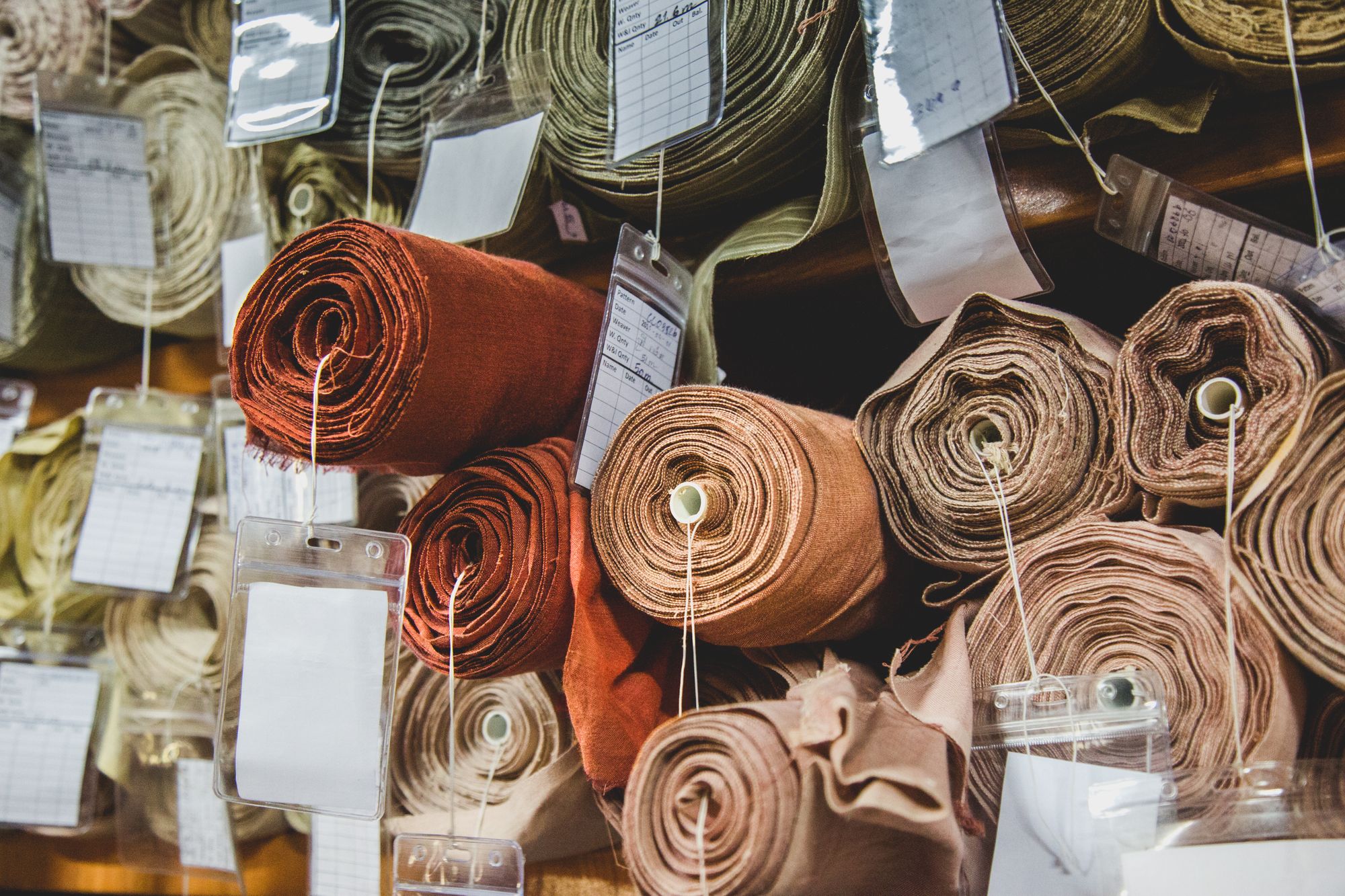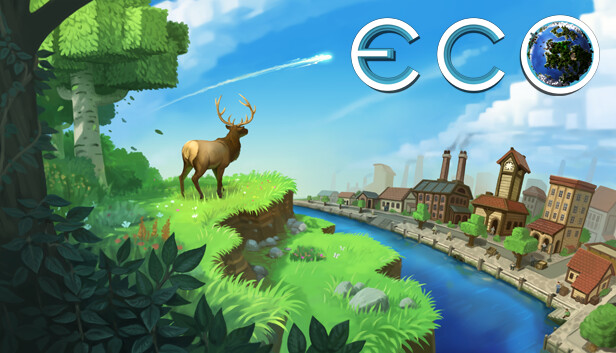Sustainability in the Spotlight: How Fashion is Embracing Eco-Conscious Practices
The beat of the fashion industry has always been rapid – a relentless pursuit of the new, the innovative, the trendy. But as the world becomes increasingly aware of the environmental toll of such pace, fashion finds itself at a crossroads. The very ethos of constant change clashes with the necessity for sustainable practices. Yet, a pioneering segment within the industry is steering toward a future where style and sustainability are not at odds but are powerfully aligned. This seismic shift is not just a passing trend but an imperative transformation as stakeholders across the globe call for a more responsible approach to fashion.
Why the sudden spotlight on sustainability? To answer that, let’s consider the traditional lifecycle of a garment. From resource-heavy production processes to problematic waste management, fashion, especially fast fashion, has historically been a substantial contributor to environmental degradation. The industry has been linked to water pollution, a staggering level of waste production, and a carbon footprint that is hard to ignore. As climate change continues to be an existential threat, the calls for change are getting louder and more urgent.
Recognizing this, brands are exploring varied strategies to reduce their environmental impact. One key change is the move toward circularity. This means designing products with their entire lifecycle in mind – right from sourcing materials that are both durable and recyclable or biodegradable, to considering how they can be repurposed at the end of their lifespan. For instance, names like Patagonia and Stella McCartney have been leading the way in using recycled materials and encouraging customers to repair and recycle their products.
Another trend gaining momentum is the concept of 'slow fashion', which stands as a direct counter to the fast fashion model. Slow fashion advocates for quality over quantity, encouraging consumers to invest in well-crafted pieces that last longer. It encompasses everything from ethical sourcing and production to reduced consumption and waste. Consumers too, are becoming more conscious, increasingly choosing brands that align with their own values surrounding the environment and worker rights.
In addition to material innovation and production processes, digitalization is offering a path forward. From 3D design and fitting technologies that minimize the need for physical samples to digital fashion shows that cut down on the logistical carbon footprint, technology is proving to be an ally in the quest for sustainability. Virtual reality allows designers to showcase their creations in immersive environments, while reducing the need for travel and physical setups.
Moreover, greener initiatives are also seen within retail experiences. Stores are adopting eco-friendly designs, from using sustainable materials for interiors to reducing power consumption with natural lighting and energy-efficient systems. Brands are getting creative with packaging, opting for recycled or reusable bags and minimizing unnecessary packing material.
While it's true that the fashion industry has a long way to go to fully mitigate its environmental impact, these initiatives signal a substantial change in mindset and approach. This article aims to shed light on the various ways the fashion industry is pivoting towards sustainability, featuring success stories from brands that are leading the charge and posing questions on how the industry can collectively move forward for a greener, more ethical fashion future.
In what follows, we delve deeper into the specific innovations and case studies that exemplify the industry’s commitment to change. We’ll explore the challenges and opportunities inherent in this transition, and what it might mean for everyone from the haute couture houses to the thrift stores. Join us on this voyage of discovery, as fashion rediscovers itself in an era where being 'in style' means being in harmony with our planet.Innovating for a Greener Tomorrow: Fashion’s Eco-Revolution
Building on the foundation of sustainability efforts in fashion, the industry is not just stopping at recycling and reallocating resources; it's turning towards innovation to revolutionize its environmental impact. From biofabrication to zero-waste design, the fashion landscape is being reshaped by pioneers who refuse to accept the status quo. Innovations are breaking through that challenge traditional methods at every step, from the drawing board to the runway.
In the vanguard of this revolution are new materials that not only aim to reduce dependency on non-renewable resources but are also challenging our very perceptions of what fashion materials can be. Take, for example, the rise of leather alternatives produced from mushrooms, apples, and even pineapples. Brands like Bolt Threads with their Mylo Mycelium leather are leading the charge. These innovative materials not only mimic the feel and durability of animal leather, but their production processes are also leaps and bounds ahead in terms of environmental friendliness when compared to traditional tanning methods.
Another groundbreaking area is the advent of lab-grown materials. Modern Meadow, for instance, is producing biofabricated leather that negates the need for animal skins altogether. Not only does this hold tremendous promise for animal welfare, but it also provides answers to some of the ethical quandaries the fashion industry has long faced. Similarly, the development of cruelty-free silk by companies like Spiber, using fermented yeast that produces silk proteins, also highlights the creative ways in which the fashion industry can minimize its impact on the environment and animals.
To truly comprehend the gravity of the zero-waste design philosophy, it's important to consider the traditional cut-and-sew methods that lead to yards of fabric ending up on the cutting room floor. Forward-thinking designers like Zero Waste Daniel are confronting this challenge by creating garments that result in minimal to no textile waste. This not only requires a reimagination of design practices but also a reevaluation of the entire production process.
Substantial strides are also being made in the way garments are dyed. Conventional dyeing processes consume vast amounts of water and often result in heavily polluted wastewater. New technologies, such as digital printing and waterless dyeing, are presenting viable alternatives that could potentially transform the textile dyeing landscape. For instance, AirDye technology uses air instead of water to dye textiles, conserving precious resources and reducing pollutants.
Digital innovation is not limited to dyeing and material production; it extends to the consumer experience as well. The rise of digital fashion, where clothing exists only in virtual spaces, has introduced a bizarre yet tantalizing possibility of a zero-impact garment. Apps and platforms enabling users to 'wear' fashion items in online spaces could be the foreshadowing of a more sustainable relationship between consumers and their wardrobe choices, especially in the context of social media and virtual interactions.
Retail is also evolving, with concepts like clothing rentals and secondhand marketplaces gaining popularity. Companies such as Rent the Runway are capitalizing on the growing consumer desire for variety without ownership, thus promoting the reuse of garments. Meanwhile, platforms like Depop and Poshmark are making the buying and selling of pre-loved fashion not only a sustainable choice but a trendy one too.
Suffice to say, the journey towards sustainability is one fraught with complexities. What does it mean for costs, for those accustomed to the low prices of fast fashion? How can inclusivity be ensured in this new landscape? Can luxury and mass-market players find common ground for the greater good? As fashion houses, designers, and consumers grapple with these questions, the path forward is becoming clearer. Education, transparency, and collaboration are crucial in fostering an industry-wide commitment to change.
The challenges are undeniable, yet so is the progress. From bio-based materials to tech innovations reducing environmental footprints, each step forward is a stitch in the tapestry of a more sustainable fashion industry. It requires boldness to envision a sector that doesn't just create beauty but propagates the ethics of stewardship and respect for our planet.
This movement towards a greener future also represents an incredible opportunity for creatives and entrepreneurs. New niches and markets are opening, demanding fresh ideas and alternative business models. The potent combination of technology and sustainable practices creates a canvas for innovation that is ripe with possibilities.
As we document the ongoing transformation of the fashion industry, it's clear this isn't just another trend. It's an evolution towards a new way of thinking and, ultimately, a revolution in how we consume and create. In the race against environmental degradation, fashion is dressing up not only to impress but to make an impact, signaling a new era where eco-conscious practices are woven intrinsically into the fabric of fashion.





















Comments